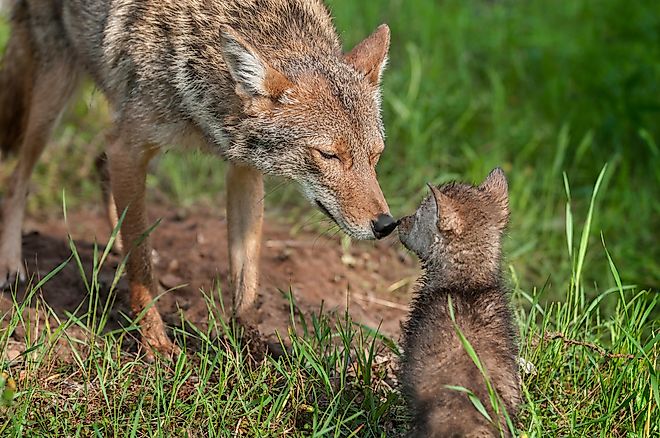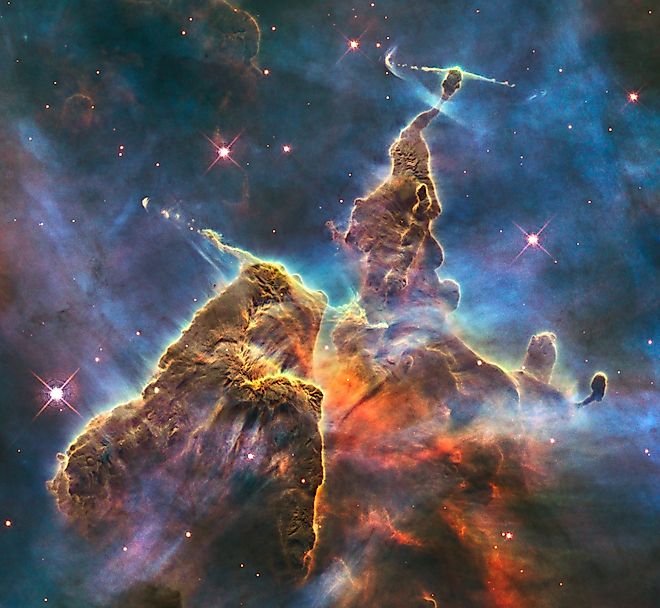Science & Nature
10 Best Hikes In The Pacific Northwest
The following are ten of the best treks – from short and sweet to long-drawn affairs – in the classic Pacific Northwest region.
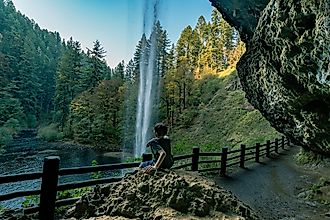
Animals Native to Georgia
From the Eurasian Lynx and the Indian Crested porcupines to the Persian Leopards and Goitered Gazelle, there are many animals native to Georgia.

Giraffe
Towering over the animal kingdom with its immense height, the giraffe is the tallest land mammal on Earth giving them many advantages in the wild.

Drought
This article explores drought, a consequence of anthropogenic climate change, a powerful and reoccurring climatic feature in many regions.
The Ten Largest Galaxies In The Universe
Galaxies come in a wide variety of shapes and sizes. If we think of galaxies as singular objects, they are some of the largest structures in the universe.
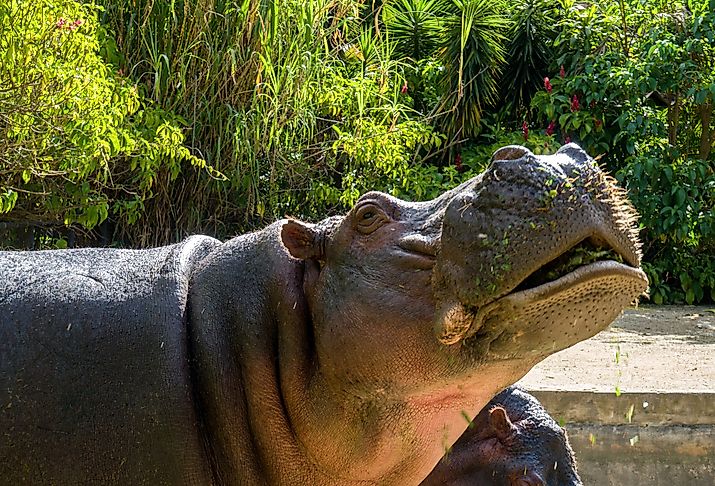
Pablo Escobar's Hippos are the World's Largest Invasive Species
Escobar, who is the wealthiest criminal in history, smuggled in all kinds of exotic animals to roam his makeshift zoo, including hippos.
What Is A Group Of Moose Called?
The moose is the largest member of the deer family (Cervidae) and can be found throughout North America, Northern Europe, and Northern Asia.
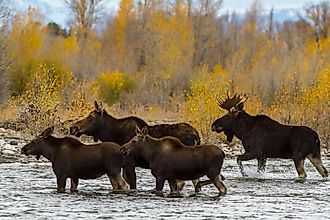

Discover The Largest Moth In North America
n emblematic member of the Saturniidae family, this magnificent creature is renowned for its striking beauty and remarkable size.

Earth-Sized Exoplanet Rocked by Volcanism
Scientists have recently discovered an Earth-sized exoplanet that might be covered in volcanoes; LP 791-18 d is approximately 90-light years away.
A Unique Galaxy Mystifies Astronomers
Astronomers have recently uncovered a distant galaxy that has proven to be both unique and mysterious; galaxy 3C 297 is about 9.2 billion light years away.
What is the Deadliest Spider in the World?
While only 25 species are known to kill or seriously harm humans, these are a handful of the "deadliest" spiders in the world.
The Biggest Solar Flares To Have Ever Hit Earth
While most solar flares are harmless, they can cause disruption to electrical systems on Earth. What are some of the largest solar flares to ever hit Earth?
What Is A Lahar?
A lahar is a natural phenomenon that demands the attention of scientists, policy makers, and the public due to their potentially devastating effects on the environment and human settlements.
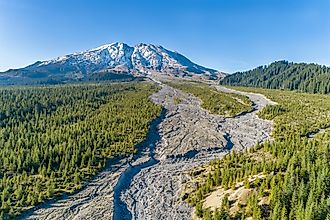
What Ionized the Universe
Empty space in the universe is largely ionized, which means that the atoms within the mediums have been stripped of their electrons.
The 10 Best Astronomical Observatories In The World
The Maunakea Observatories are a series of telescopes in Maunakea (on the Island of Hawaii), which 12 separate and non-profit institutions operate.
The Climate Zones Of The World
It is believed that the enormous diversity of life on Earth is primarily due to the different varieties of climates that exist on the planet.

What Animals Live In the Mountains?
Learn some of the iconic animals that live in the mountains, with a deep dive into each animal, as well as a few pointers on how you can spot them in the wild

11 Animals That Live in Extreme Environments
Organisms that grow and thrive in extreme environments are called extremophiles, and they have unusual coping and survival mechanisms.

Tsunamis
Tsunami refers to a series of enormous waves with long wavelengths and lengthy periods generated in an ocean or a large lake.

Universes Greatest Mysteries and Why They are Unsolved
The universe is shrouded in mystery. No matter how much science uncovers about the universe, there always seems to be more to discover.
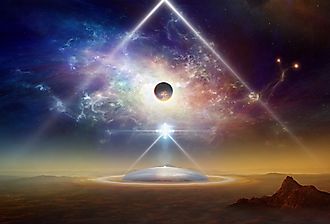
Jupitor's Offical Moon Count Up To 92 Now
Astronomers recently confirmed the existence of 12 new moons around Jupiter, raising its official moon count to 92 moons.

Our Solar System is the Rarest Kind in the Milky Way
Recently published research suggests that how the planets are ordered in our solar system makes it among the rarest type of solar system in our galaxy.

Cascadia Subduction Zone
Cascadia Subduction Zone is a 600-mile-long dipping fault located at the convergent boundary between the continental North American and the oceanic Juan de Fuca,

The Origin Of Planet Earth
The Earth formed along with all the other planets around 4.5 billion years ago. The planets of our solar system formed shortly after the sun.
The Most Populous Mammals in the World
Most of the largest mammal populations on Earth are domesticated animals or common livestock species like cows, cats, dogs, sheep, etc.
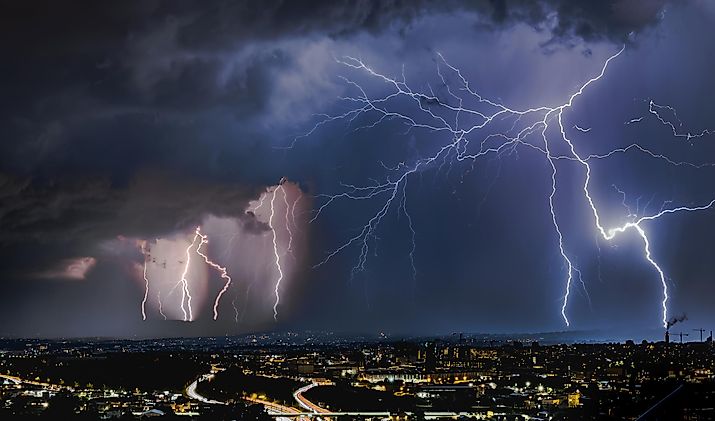
Thunderstorms
hunderstorms occur during the spring and summer seasons in temperate regions, whereas in tropical areas.
Cyclones
The four main types of cyclones include Tropical cyclones, polar cyclones, mesocyclones, and Extratropical cyclones.

Coral Reefs
Often known as the “rainforests of the sea,” coral reefs are considered the most productive ecosystems in the world.

The 9 Most Snake Infested Areas In The US
Some states swarm with snakes, some, not so much, while a handful are snake-free. In this article, we disclose the nine most snake-infested areas in the US.
